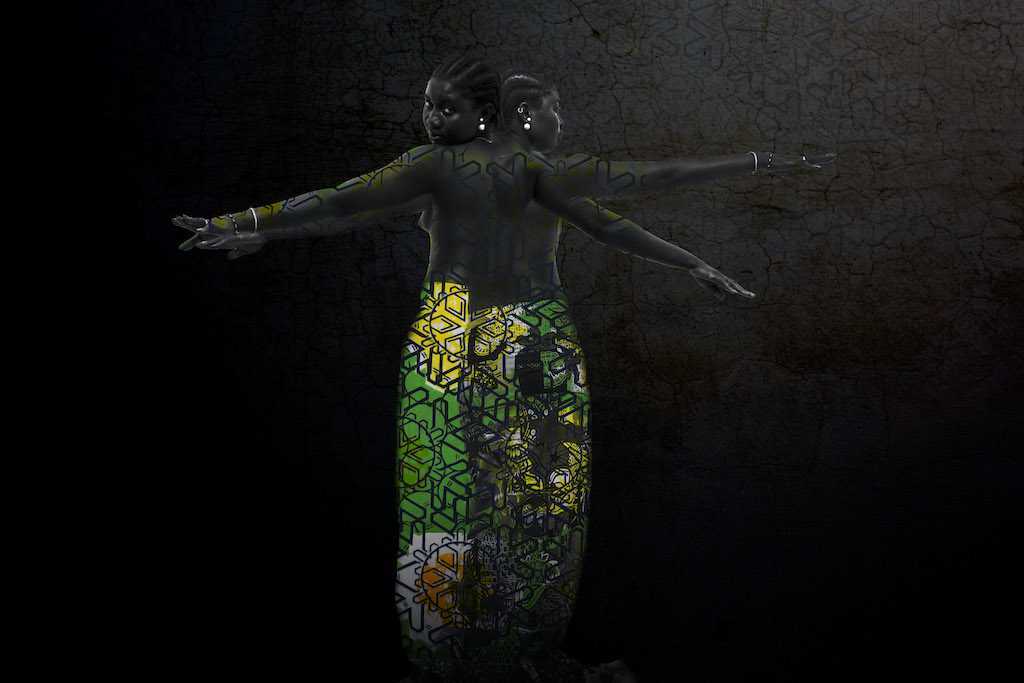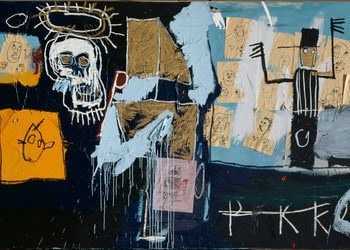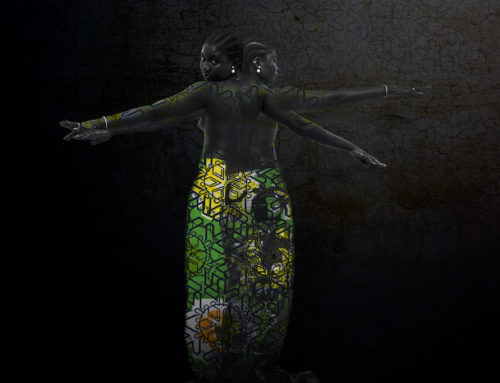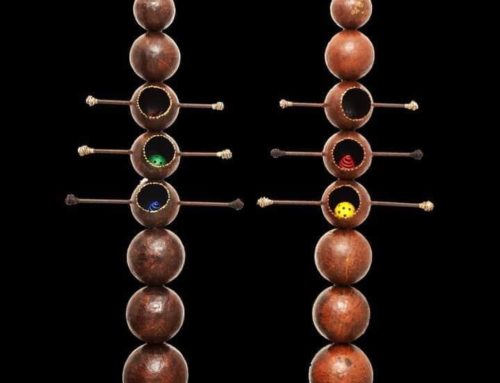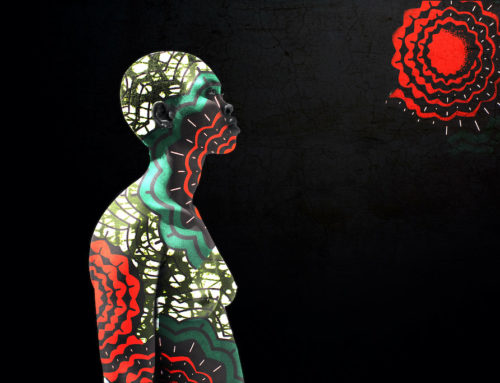With a title that takes on the meaning of a slave auction, this painting by the American painter Jean-Michel Basquiat, who no longer needs to be introduced, is certainly one of the biggest stones by Negro artists in the edifice of contemporary art.
The composition, when it was created in 1982, is of singular originality: acrylic paint and oil pastel on canvas + crumpled paper collage for a scale of 183 x 305.5 cm. The work is kept at the Centre Pompidou in Paris. Slave Auction is a figurative painting with a comic book feel, reflecting the artist's indifference to the aesthetic canons of classical Western art, in accordance with the codes of contemporary art. In relation to the theme, the painting reveals a very prolific artist, from the title, on black people and their fate in the U.S. for centuries.
For a long time, Basquiat has dedicated his work to the defence of black people in America. The central motif of this painting is a crude sketch of a boat - everything is crude in this work, as if to say that everything is ugly; slavery is ugly, slave owners are ugly and ugly, Nazism, racial segregation, colonisation, apartheid, all forms of human domination and exploitation are ugly. Abraham Lincoln said: "If slavery is not bad, nothing is bad". This ship in the centre of the canvas, with all its ugliness, comes forward as the origin of everything else: it is the slave ship that for centuries (XVIe, XVIIe, XVIIIe) served as a vehicle for the vile trade that allowed humans to be sold by the millions to pull the ploughs on the plantations in the Americas, as is done with oxen. With this boat, Basquiat denounces what we recited in school as the 'slave trade' or 'triangular trade'.
L’autre marque de l’esclavage dans Slave auction est l’épouvantail visible à droite du tableau, un personnage aussi vilain en apparence que dans toute sa réalité : « ‘‘vendeur d’esclave’’, quel profession abjecte ! ». L’énergie et le zèle avec lesquels apparait ce marchand d’êtres humains, sous le pinceau de l’artiste, traduisent toute la fierté de ce dernier de vendre son semble. Et ce ne sont pas ces sortes d’affiches derrière lui qui viendront infirmer cette absence absolue de raison humaine, d’humanisme, d’humanité tout court. Montrant des esclaves (les marchandises du vendeur) et des blancs aux dents pointus (les clients de cette vente) ces affiches sont le reflet d’un système on ne peut plus indifférent face au destin funeste de tout un peuple.
Slave auction denounces the black slave trade, it denounces the condition of blacks in the U.S.A. Blacks that the author represents by a crowned skull on the left of the boat. It is the sacrifice of these blacks in America that this skull, sick with scurvy, materialises, badly supporting a crown of which racial segregation, colonisation and apartheid are the pearls. The crude shape of this skull could lead one to believe that this sacrifice, which has contributed to making the United States the power it is today, has served little purpose for the African diaspora born of slavery, since it condemns them to live as second-class citizens in their own country, since they built it along with all the other peoples who also came from elsewhere.
In Uncle Sam's country, slavery has been abolished since 1865 by the XIIIe amendment of the American constitution: "Neither slavery nor involuntary servitude shall exist in the United States, nor in any place subject to its jurisdiction. But for Basquiat, enslavement is not over for black people. With the abolition that many have never had the conscience to admit - the letter "K" repeated in scrawls at the bottom right of the painting, which recalls the dark episode of the Ku Klux Klan, is very evocative - slavery gave way to the creation of colonies in Africa, the land from which the slaves had left, while the system of segregation was installed in the U.S. for a new form of oppression. The system of segregation was established in the United States for a new form of domination and unjust and inhuman exploitation of blacks, for another century of poorly dressed servitude. According to Franck Ntasamara: "Slavery was never abolished, they just hid the chains of slavery". This is the symbolism of the American football player who appears with a suit and helmet under the slave driver. This character alone sums up the United States of Jean-Michel Basquiat's generation; an America where sportsmen are the few black people for whom others have a shred of consideration. Even today, the privileged voices of emergence of African-Americans are basketball, American football, athletics: Jesse Owens, Allen Ezeil Iverson, Justin Gatlin...
Born in New York on 22 December 1960, to a mother from Puerto Rico and a father from Haitian immigration to the United States, Basquiat is the descendant of a slave par excellence. He is the synthesis of the Negro artistic heritage of the Harlem renaissance and the struggle for black emancipation in the 20th century, thus continuing the struggles of predecessors such as E.W. Duboys, Claude Mackay, King Jr. and Malcolm X. The non-realistic, almost caricature-like forms of his figures and other motifs in his paintings - reminiscent of the African statuette - are a testament to the genetic cultural legacy of his African ancestors.
Basquiat died in Manhattan on August 12, 1988, and is proof of black excellence in a country that is not conducive to it. This great country of dreams where talents like him, like Senga Nengudi, are forced to express their intelligence in fields such as art, because they were excluded at a very early age by a system, apparently oiled to promote one class at the expense of another. Certainly there was Colin Powell, certainly Condoleeza Rice headed the US State Department, names that emerged through excellence by shining in the military and in the highest spheres of the intelligentsia of the United States of America.
Certainly, there was Barack Obama to prove Martin Luther King and his famous "dream" right. But when we know the recent story of Jacob Blake, murdered by a white American policeman with seven bullets, when we know the older story of Junius Stinney, wrongly executed at the age of 14 and exonerated 60 years later, in the era of Black Lives Matter (BLM), returning to Basquiat's Slave Auction and all the claims it makes is timely. Jean-Michel Basqiat, a name that counts among those of which Africa is proud among the Africans of the diaspora, a reference of contemporary art in the world. Slave auction, a unique work, a unique aesthetic, sad but true insinuations.

